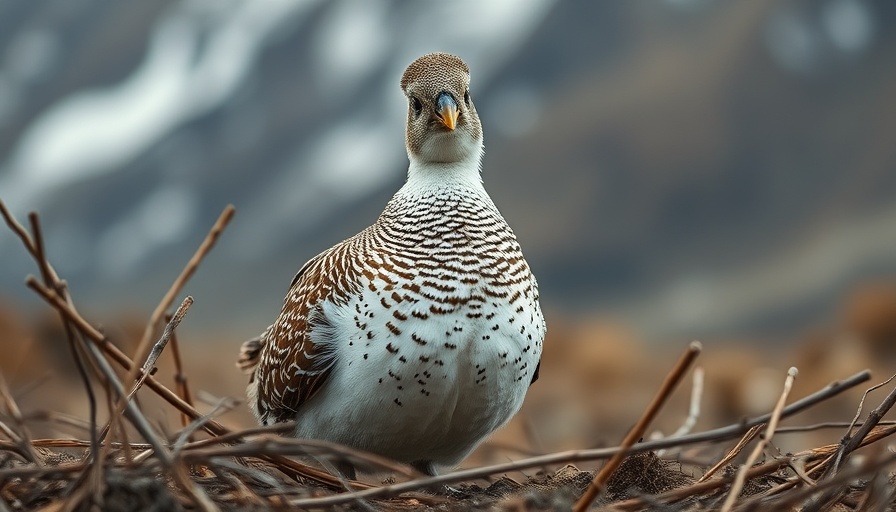
Why Do Birds Shake Their Tails?
Birds are known for their unique and communicative behaviors, and tail shaking is one of the most fascinating. Movements of their tails can convey messages just as effectively as their songs. This article explores the reasons behind why birds shake their tails, and how these actions relate to their survival strategies.
The Language of Tail Movement
For many bird species, tail movements are a vital form of communication. Just like humans use hand gestures to emphasize their words, birds can communicate their alertness or intentions through their tails. For instance, when a dark-eyed junco is foraging, it rapidly deploys its tail feathers to showcase white markings that are often concealed. By doing so, it signals to potential predators that it is highly aware and not easy to catch, while simultaneously alerting other birds of possible danger.
Tail Shaking: A Two-Edged Sword
Tail shaking serves several purposes in the avian world. It can act as a distraction to predators or a visual alarm to fellow birds. A sudden eruption of tail displays can confuse a hawk aiming at a specific target within a group of juncos. Such collective movements may create an effective illusion, making it harder for the predator to focus on one particular bird, thereby increasing the survival chances of the flock.
Using Tail Movements to Ensnare Prey
A surprising aspect of tail shaking is its role in aiding birds while hunting. For example, the hooded warbler (or chipe encapuchado in Spanish) shakes its tail when searching for insects on the ground, prompting them to jump out of their hiding spots. This behavior transforms prey that would otherwise remain hidden into easy targets, illustrating a clever adaptation among avian hunters.
Understanding Your Bird’s Behavior
Observing your pet bird can be just as enlightening. Tail movements can indicate a variety of emotions ranging from excitement to discomfort. A bird that wags its tail quickly might be excited or content, while sharp or aggressive tail movements could indicate stress or irritation. By reading these signals, bird owners can respond appropriately and ensure the well-being of their feathered friends.
The study of these behaviors underscores the intricate communication systems that exist in nature, demonstrating that even simple tail movements can carry profound meanings. From survival tactics to emotional expression, the way birds use their tails opens a window into their world and reminds us of the complexity of animal behavior.
 Add Row
Add Row  Add
Add 




Write A Comment